Search Results for 'historian'
125 results found.
Hitting the Burren trail with Galway’s Three Amigos
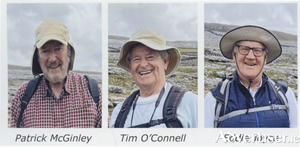
We are fortunate to live in Galway and to have the Burren within shouting distance. Some 15,000 hectares of a unique landscape that miraculously contain all the major habitats found on this island.
Cloaks in old Galway
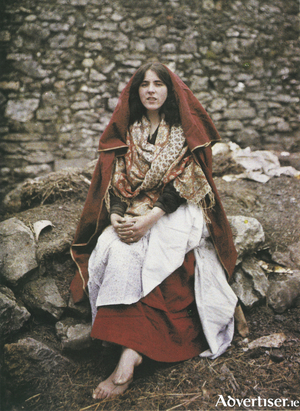
The Irish cloak was a standard 19th century garment worn by women all over the country. It is described as a sleeveless garment reaching to the ankles, open in front and fastened with a hook-and-eye or with ribbons. One width of material goes into the back and a half width into each side. On the shoulder, the material is tightly gauged, and attached to the back of the neck is a large hood which hangs down the back when not in use. The hood, which is lined with satin, silk, or sateen, is made of a rectangular piece of material drawn into pleats at the back. It was constantly used when the cloak was worn, even on hot days, when the hood could be drawn to shield the eyes of the wearer from the sun. The cloak formed very graceful drapery, fell well and folded well, was very elegant and usually large enough to envelop the whole person.
A lone figure at Bohermore cemetery
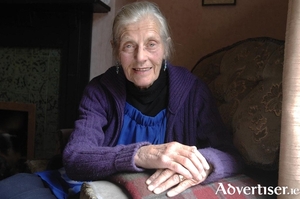
William Joyce recorded his final broadcast on April 30 1945 as the last great battle of the war raged. Russian troops, after a desperate struggle, finally wrenched Berlin from the grip of the Nazis. The once great city was then little more than streets of rubble. In an iconic World War II photograph Soviet troops fly the Soviet flag over the Reichstag May 2 1945.
Athlone public library to host Irish Civil War photo exhibition
Westmeath County Council, as part of its Decade of Centenaries programme, welcomes a new exhibition of photos from the Irish Civil War.
Autumn poetry workshops via Galway Arts Centre

Starting in September, Galway Arts Centre is offering aspiring poets a choice of three online poetry workshops, all facilitated by poet Kevin Higgins, whose best-selling first collection, The Boy With No Face, published by Salmon Poetry, was short-listed for the 2006 Strong Award for Best First Collection by an Irish poet.
Tenth annual Féile na bhFlaitheartach to focus on the O’Flaherty brothers and the Irish Free State
The Liam and Tom O’Flaherty Society will hold its 10th annual Féile na bhFlaitheartach on Inis Mór during the last weekend in August. The two-day bilingual festival, on Saturday August 27 and Sunday August 28, celebrates the island’s world famous novelist Liam O’Flaherty and his notable brother, the journalist Tom O’Flaherty.
Two-day event to remember legacy of legendary Aleen Cust, Ireland and Britain’s first female vet

Celebrated American scientist, neurodiversity exponent and respected animal behaviorist Professor Temple Grandin comes to Atlantic Technological University (ATU) Mountbellew next month (11 August) to speak at the centenary conference honoring the life and work of Aleen Cust, the first woman to work as a veterinary surgeon in Ireland and Britain in the early 1900s.
Dr Paul Hughes reappointed Westmeath County Council historian in residence
Westmeath County Council has announced the re-appointment of Dr Paul Hughes as its historian in residence as its Decade of Centenaries programme continues in 2022. Dr Hughes’ residency will continue from April to July, and is the first of two such appointments this year.
The end of the line
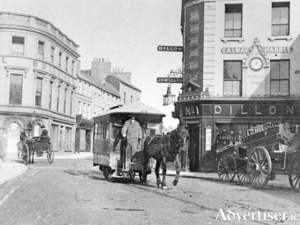
Fifteen years before the Galway-Clifden railway started, the first light-rail track laid in Galway was the tram service to Salthill. For more than 39 years a series of horse-drawn trams ran from the depot in Forster Street, along the east and south sides of Eyre Square, heading west through Shop Street and Dominick Street, over the bridge, and along the Salthill road. Then it was in the countryside with open fields and thatched cottages. The line came to an end at the Eglinton Hotel (now a hostel), where the horse was switched to the other end of the tram for the return journey. The Eglinton became Europe’s most westerly tram terminus.
‘An unbroken history of more than one hundred years’
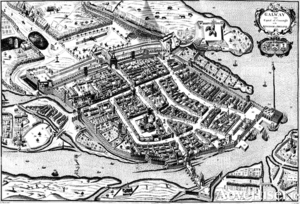
In 1831 Patrick Broderick, from Loughrea, was charged with insurrectionary crimes at the Galway Assizes, and cruelly sentenced to spend the rest of his life in a criminal colony ‘beyond the seas’ in New South Wales, Australia. He was barred from ever returning to his native land. His wife Mary, son John and daughters Ann and Catherine, were left destitute on the infamous Clanricarde estate, one with more than 2,000 tenants.

